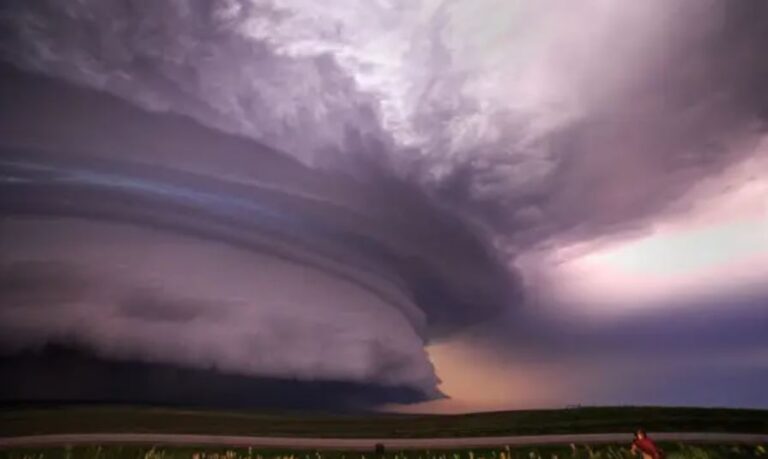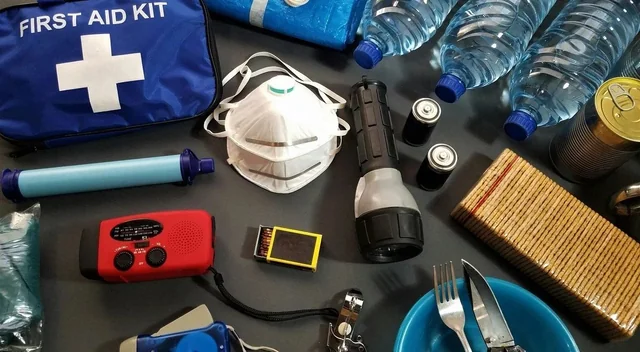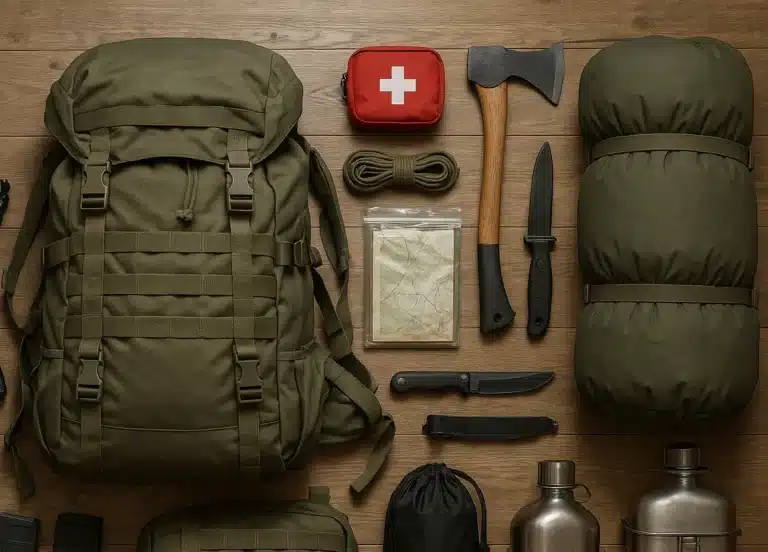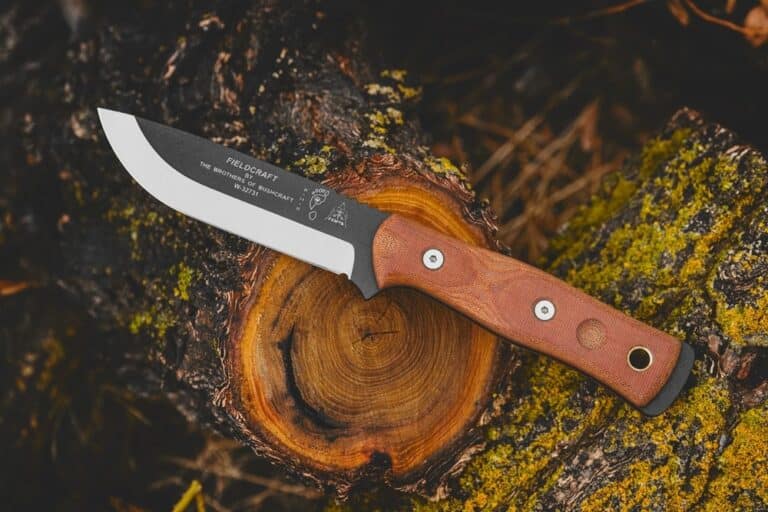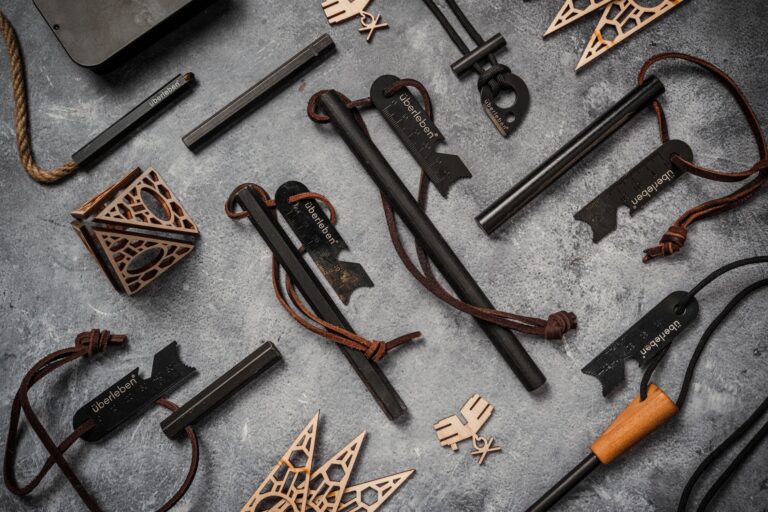Emergency Radios 101: FRS, GMRS, CB, Ham, and Scanners Explained

Stay Connected When It Matters Most: A Beginner’s Guide to Emergency Communication Radios
In today’s world, we rely heavily on cell phones and internet access. But what happens when those go down? Whether you’re out on a hunting trip, stuck in a power outage, or want to stay connected with your family across town during an emergency, having the right kind of radio can make all the difference.
This guide breaks down the five most common types of emergency communication radios: FRS, GMRS, CB, Ham radios, and scanners. You don’t need any technical knowledge to start—just curiosity and a desire to stay informed and prepared.
What Are These Radios and Who Are They For?
Let’s say you’re on a hunting trip with three friends in a remote area. Cell service is spotty, and you all split up. You need to stay in touch. Or imagine a long-term power outage where cell towers are down, and you want to check in on your family that lives 5 miles away. In both situations, the right radio makes communication possible—even when modern networks fail.
Here’s a quick breakdown of your options:
FRS (Family Radio Service)
- Best for: Short-range, no-fuss communication—like keeping in touch at a campsite or neighborhood event.
- Range: Around 0.5 to 2 miles (depending on terrain).
- License required? No FCC license needed.
- Typical gear: Small walkie-talkies you can buy at most outdoor or sporting goods stores.
Use Case: You’re at a state park with your kids. Each person has a basic FRS walkie-talkie to check in without worrying about cell signal or data plans.
GMRS (General Mobile Radio Service)
- Best for: Mid-range communication with better power and clarity than FRS.
- Range: Up to 5+ miles with handheld radios; even more with a vehicle-mounted unit and repeater access.
- License required? Yes (to transmit). You’ll need an FCC license, but no test—just a $35 fee that covers your whole family for 10 years.
- Typical gear: Rugged handhelds and mobile radios with higher power (up to 50 watts).
Use Case: A storm knocks out power and cell towers. You use your GMRS radio to talk to your cousin across town 4 miles away.
CB (Citizens Band)
- Best for: Road travel and truckers; can be used without a license.
- Range: Around 1–5 miles, sometimes more with good conditions.
- License required? No license needed.
- Typical gear: Handhelds and Dashboard-mounted radios and whip antennas, often found in trucks or off-road vehicles.
Use Case: You’re on a cross-country road trip. You use your CB radio to get updates from other drivers about traffic or accidents ahead.
Ham (Amateur Radio)
- Best for: Long-distance communication and emergency preparedness.
- Range: Local, regional, or worldwide depending on frequency, gear, and conditions.
- License required? Yes (to transmit). You’ll need to pass a test and get an FCC license (Technician, General, or Extra class).
- Typical gear: Handhelds (HTs), base stations, and high-power mobile rigs with antennas.
Use Case: A major disaster strikes your area. You use your ham radio to reach emergency nets or talk to nearby operators for help and updates.
Scanners
- Best for: Listening to nearby radio traffic from police, fire departments, weather alerts, or other radio users.
- Range: Depends on the scanner, antenna and the signal source.
- License required? No license needed to own or use.
- Typical gear: Handheld or desktop units that scan public radio frequencies.
Use Case: A wildfire is approaching your area. Your scanner picks up real-time updates from local emergency responders.
So, Which One Do You Need?
Start by asking:
- How far do I need to communicate?
- Am I just listening, or do I need to talk back?
- Do I want something plug-and-play, or am I willing to study and get licensed?
Here’s a simple cheat sheet:
| Scenario | Best Option |
|---|---|
| Talking at the campsite | FRS |
| Reaching family 5 miles away | GMRS |
| Chatting with truckers on the road | CB |
| Communicating during a major emergency | Ham Radio |
| Listening in on local events | Scanner |
What’s Next?
This is the first post in our series on emergency communication radios. In the coming weeks, we’ll go deeper into each type—explaining how to choose the best gear, how to use it, and tips to stay legal and effective.
Stay tuned—and stay connected.

